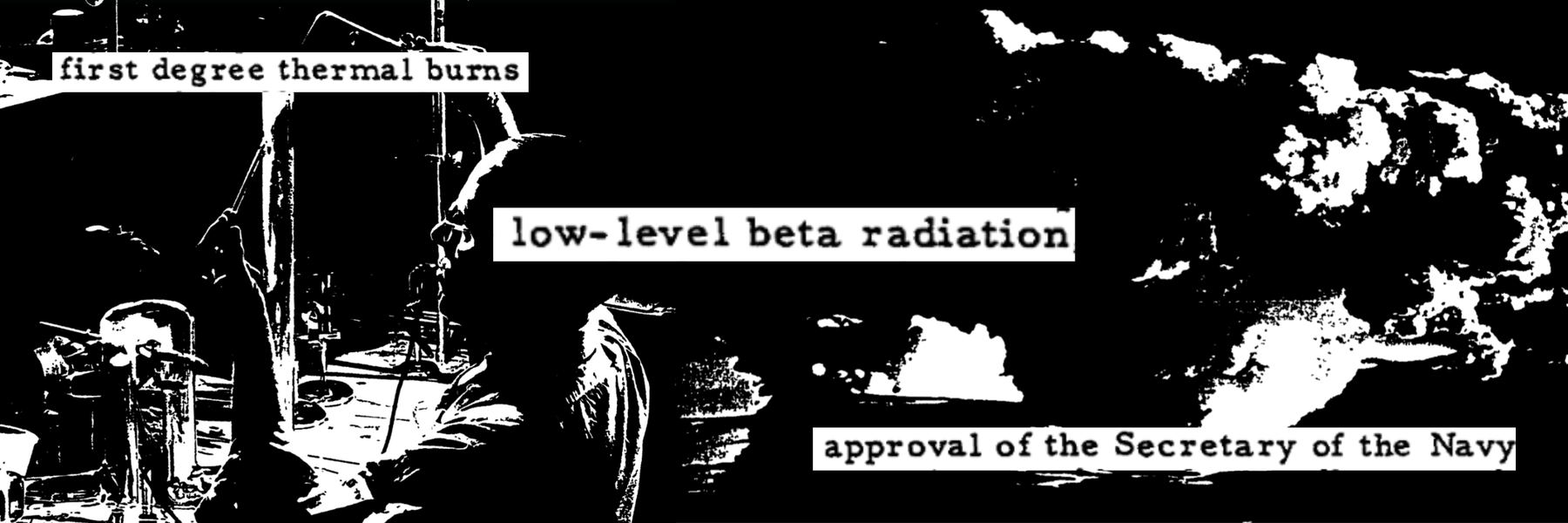WordPress is the most popular content management system on the web. With a significant number of newsrooms using WordPress under the hood, our existing DocumentCloud WordPress plugin has been a crucial bridge to bring primary source documents to the masses. Now, the plugin has been updated to fully support both DocumentCloud Legacy and the new DocumentCloud Beta.
For previous site improvements, check out all of MuckRock’s release notes, and if you’d like to get a list of site improvements every Tuesday - along with ways to help contribute to the site’s development yourself - subscribe to our newsletter.
Installation
Notes: Installation of custom plugins is only supported on certain wordpress.com plans or custom WordPress installs. Check that you have the ability to install custom plugins before proceeding.
The new DocumentCloud Beta WordPress plugin is itself still in beta. For now, we are pre-releasing the plugin on GitHub and seeking feedback. We plan to distribute the plugin on the official wordpress.org channel, updating the current DocumentCloud plugin, after a limited beta period.
Installing the new DocumentCloud plugin is relatively seamless.
-
Visit our releases page.
-
Download the
wordpress-documentcloud.zipfile
-
Visit the admin section of your WordPress site and navigate to “Plugins.”

-
At the top of the plugins page, click on “Add New,” which will take you to the “Add Plugins” page.

-
At the top of the “Add Plugins” page, click on “Upload Plugin.”

-
Click on “Choose File” and then select the
wordpress-documentcloud.zipfile you downloaded in step 2.

-
Click on “Install Now” to install the plugin.

-
If you have an old DocumentCloud plugin installed, you may be asked to activate the new plugin. Make sure you press “Activate Plugin” if the option is available to you.

-
(Only if you have previously installed the DocumentCloud extension). Make sure any old DocumentCloud plugins are deactivated and the new beta plugin is activated. The new beta plugin has version 0.5.0 and the older plugin had version 0.4.3. If you have multiple DocumentCloud plugins, your plugin screen should look like this, with the new version 0.5.0 plugin highlighted in blue to show it’s active:

That’s it! Now, the new DocumentCloud WordPress plugin should be installed!
Usage
After installing the new WordPress plugin, embedding DocumentCloud content is fast and easy. Just copy the URL of a DocumentCloud document, page, or note you wish to share and paste it in your WordPress article to automatically embed it.

The easiest way to access the URL for a document, page, or note is to click on “Share” in the DocumentCloud sidebar for a given document. After clicking on your desired share option, click on “Link” in the top to access the URL and then press “Copy URL” to add it to your clipboard. In WordPress, simply paste the URL to embed.
Embedding with Shortcodes
You can also embed with DocumentCloud shortcodes. This is an alternate format to embedding with URLs above that offers the same functionalities. To create a shortcode block, type in /shortcode on a new line and press Enter.

Then, type in [documentcloud url="<DOCUMENTCLOUD_URL>"], subbing in <DOCUMENTCLOUD_URL> with the URL of a document, page, or note you want to embed.
For example, to embed a full DocumentCloud, a code like the following may be used:
[documentcloud url="https://beta.documentcloud.org/documents/20059068-the-mueller-report"]
Creating this document embed:
To embed a page from a DocumentCloud document, a code like the following might be used:
[documentcloud url="https://beta.documentcloud.org/documents/20059068-the-mueller-report#document/p17"]
Creating this page embed:
To embed a note from a DocumentCloud document, a code like the following might be used:
[documentcloud url="https://beta.documentcloud.org/documents/20059068-the-mueller-report#document/p17/a2001254"]
Creating this note embed:
MuckRock and DocumentCloud are open source, and you can help us make them better
There are a number of ways to help us continue to improve the core MuckRock site experience. We have a developer newsletter, “Release Notes,” that highlights everything we’re working on. Register to get an occasional summary of site updates and details on open issues you can help with.
Check out some of our issues labeled “help wanted” for ideas on where’s good to start, or just pop into our Slack’s #Developers channel.
Subscribers to the developer newsletter get exclusive data sets, FOIA-related scripts, and other transparency hacker tidbits exclusively for subscribers. You can subscribe to the newsletter at the top or bottom of this page.
If you spot a bug or have a feature request, you can also help by opening an issue on GitHub.
If you do, please search open issues first to make sure it hasn’t already been reported. If it has been reported previously, please leave an additional comment letting us know it’s an issue for you, particularly if you can provide more details about when it crops up or what you think is causing the problem.
In addition to the new newsletter, we have a developer channel on the MuckRock Slack.
Image via Wikimedia Commons





